
This is a smaller part of a larger Digital Citizenship Unit. Students will spend time understanding the concept of a Digital Footprint and the long term consequences of a negative Digital Footprint
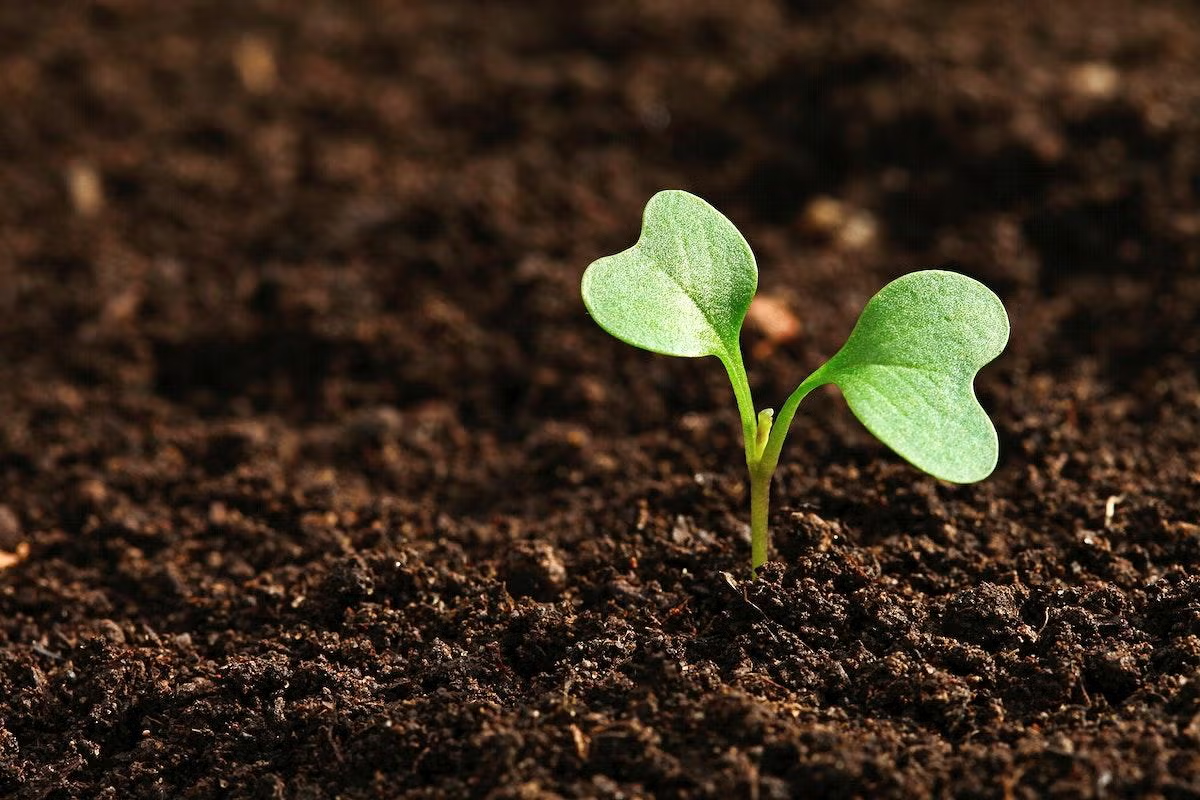
In this lesson, students will explore the different pigments in green plants using spinach leaves. Students will identify the pigments by doing a lab using paper chromatography. They will observe the
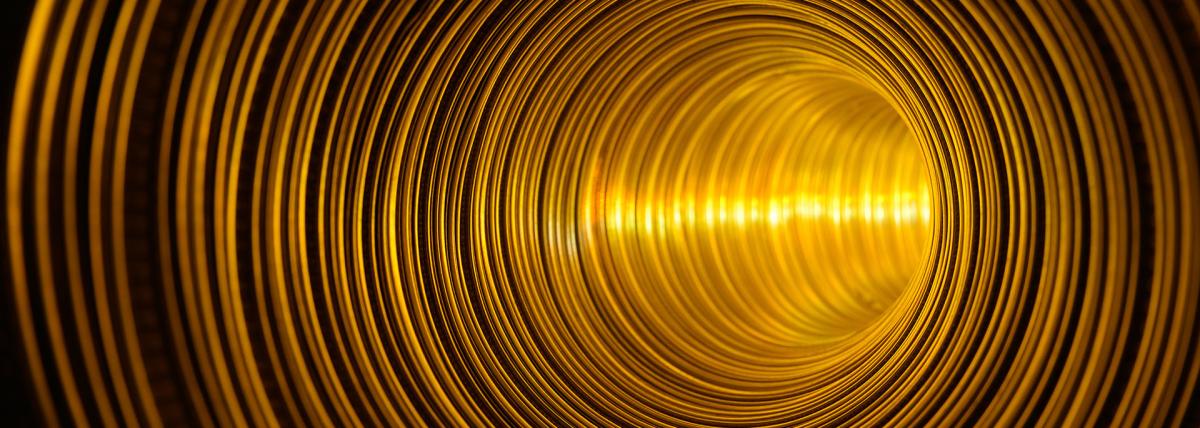
Students will create a Google slideshow presentation to document their progress through the engineering design process, which includes: researching the science of sound, then creating an instrument
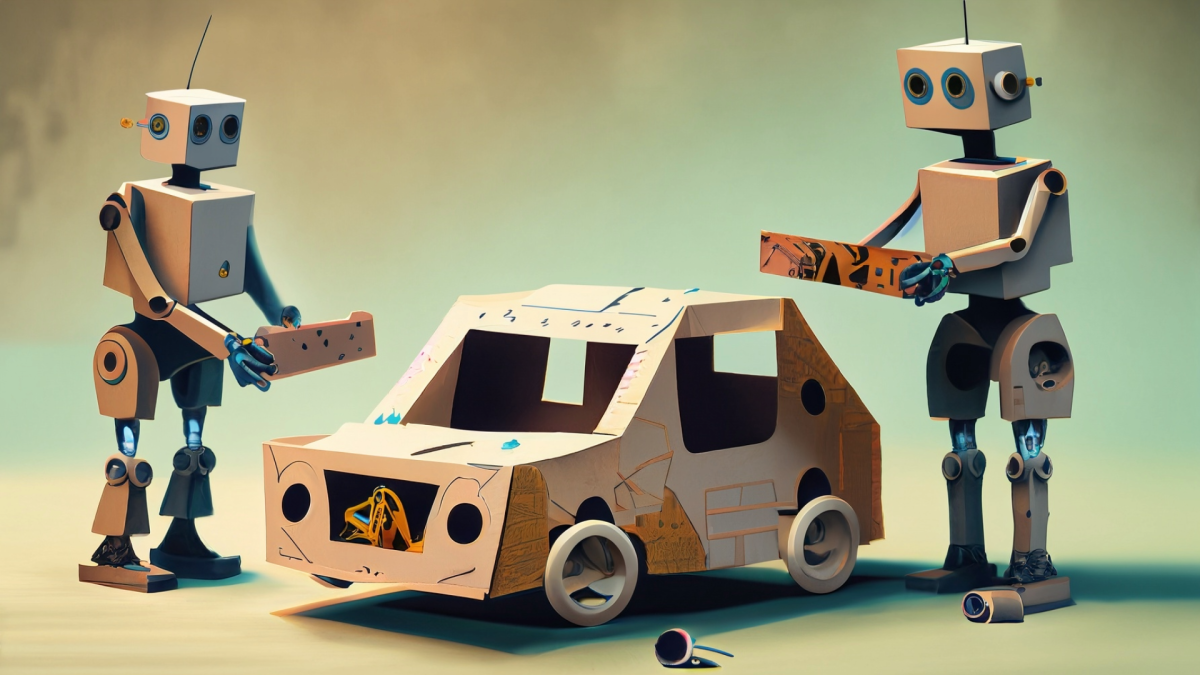
Students will have fun building and testing with KidSpark observing and calculating forces such as load and effort.

Students will use geometric reasoning and the engineering design process to construct solar ovens while learning about renewable energy.

This is the fourth and fifth lessons of 7 in the Take-Off & Landing unit. This unit is the first for the Aeronautics 2 students. Students must have completed the 8 Basic Handling Unit lessons from

This is the third lesson of 7 in the Take-Off & Landing unit. This unit is the first for the Aeronautics 2 students. Students must have completed the 8 Basic Handling Unit lessons from Aeronautics 1

This is the second lessons of 7 in the Take-Off & Landing unit. This unit is the first for the Aeronautics 2 students. Students must have completed the 8 Basic Handling Unit lessons from Aeronautics 1

This is the first of 7 Take-Off & Landing Lessons. This unit is the start the Aeronautics 2 lessons. Students must have completed the 8 Basic Handling Unit lessons from Aeronautics 1 course. (See
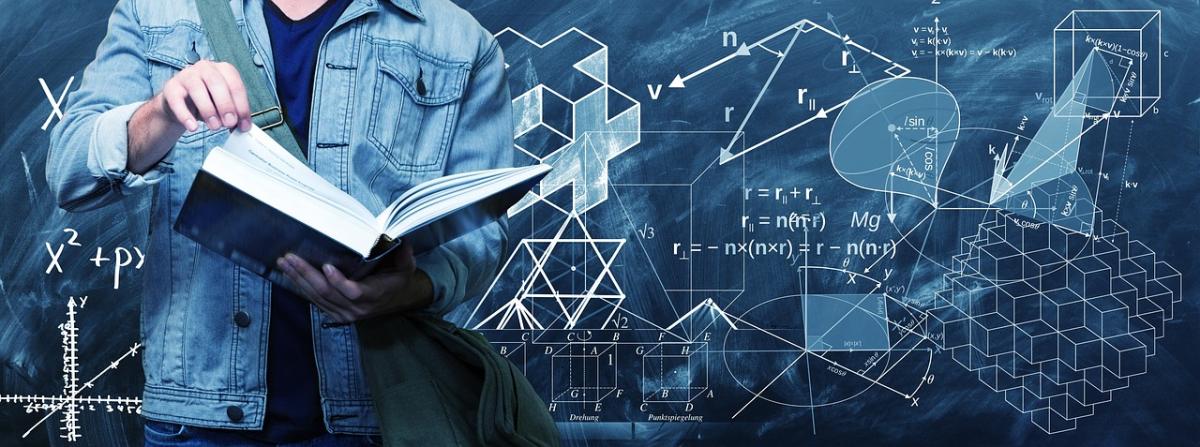
This lesson is an activity to see what an angle is and how is can be used to approximate the time of day or even navigating vessels by measuring other celestial bodies. Students will use sextants to

This lesson is an activity to show how projectile motion and many other motions in nature fallow a parabolic curve. Students will manipulate that knowledge and analyze data using small play tanks to
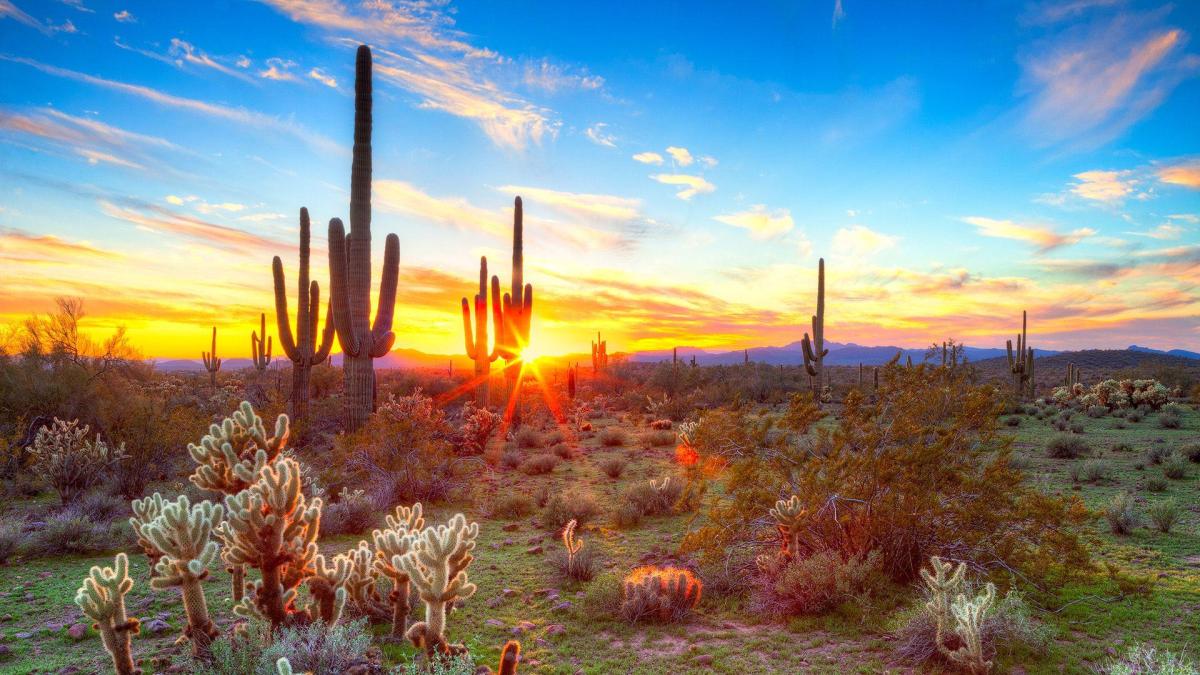
This is lesson 4 of a 4 lesson unit. Students will apply the engineering design process with a problem scenario focusing on thermal energy efficiency in a home. The unit incorporates collecting

This is lesson 3 of a 4 lesson unit. Students will apply the engineering design process with a problem scenario focusing on thermal energy efficiency in a home. The unit incorporates collecting

This is lesson 2 of a 4 lesson unit. Students will apply the engineering design process with a problem scenario focusing on thermal energy efficiency in a home. The unit incorporates collecting

This is lesson one of a 4 lesson unit. Students will apply the engineering design process with a problem scenario focusing on thermal energy efficiency in a home. The unit incorporates collecting

This lesson takes two days or class periods since it is an exploration of energy in the lives of the students. Day 1 involves 8 different scenarios. Day 2 is an exploration of how efficient two
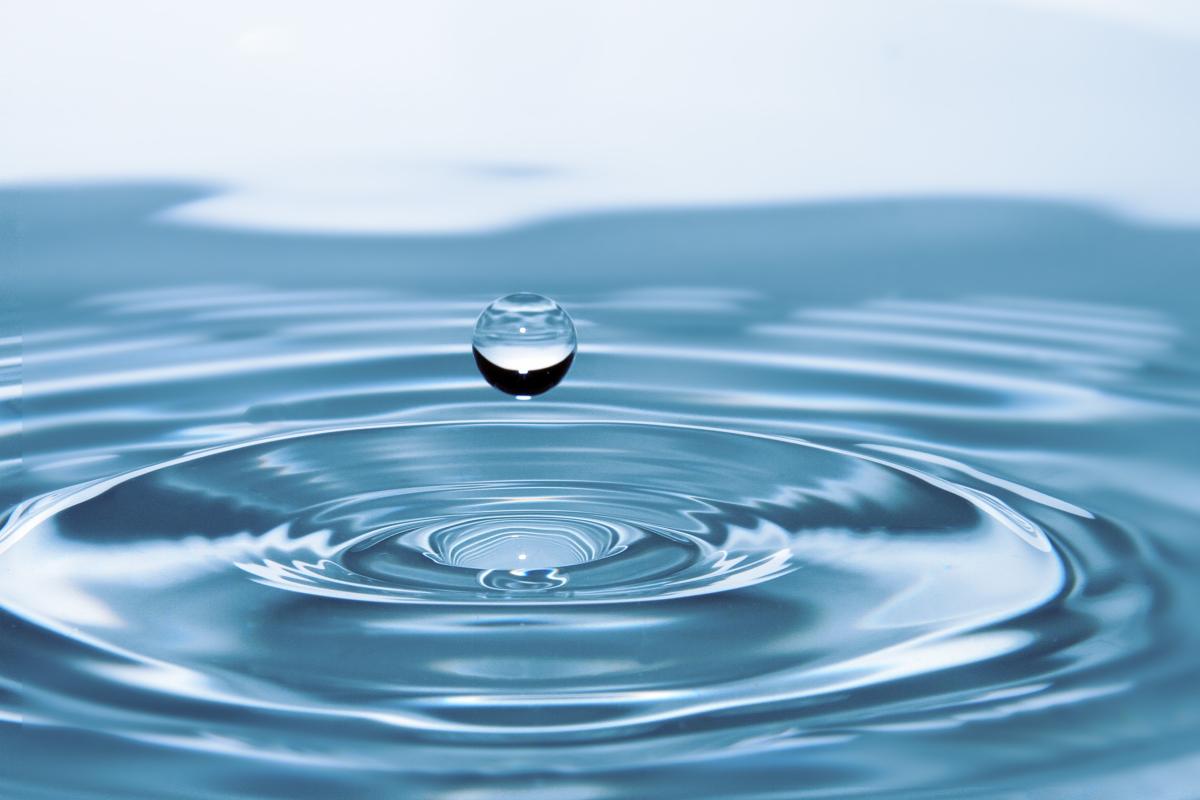
This is the second part of two lessons on density. This lesson is on the density of liquids following the first lesson on density of solids. The lesson is a lab on layering several liquids with

This lesson is on density of solids. It's one lesson of two. This lesson should be first since it introduces density but it can be revised and used after the density of liquids. The lesson has a short
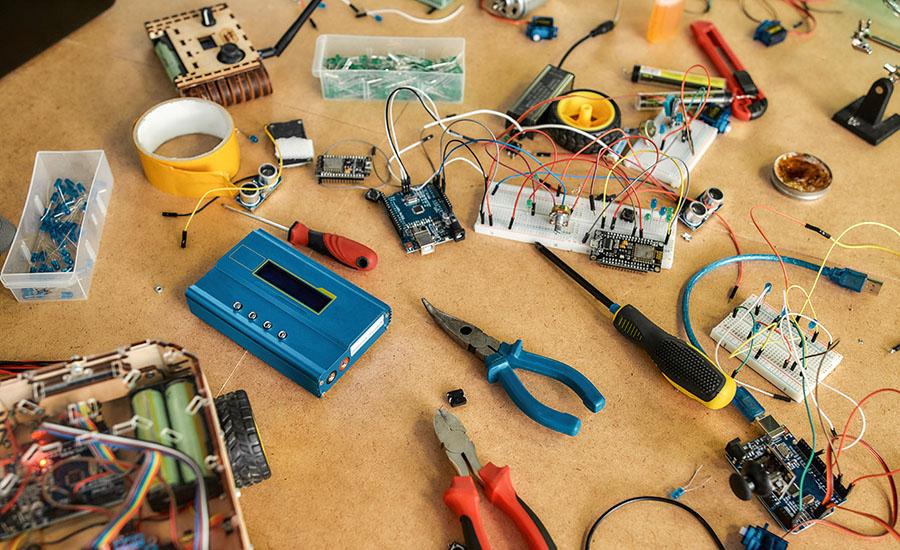
I use this egg drop/crash lesson as an introduction to Energy and Energy Transfer in physics. Students understand basic kinematics, but I generally conduct this lesson before projectile motion, but it
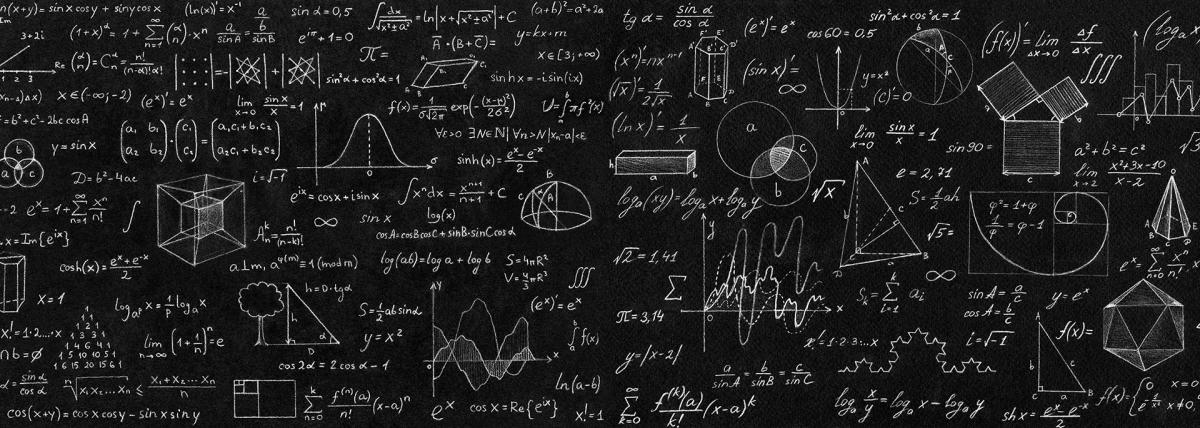
Students will use the engineering design process to complete 3 challenges. Each challenge gathers data and collects their engineering changes necessary to complete the challenge.

Engage students with competitive activities. Students will be predicting measurements, collecting data, and determining the difference between the estimation and the actual. Students will create la
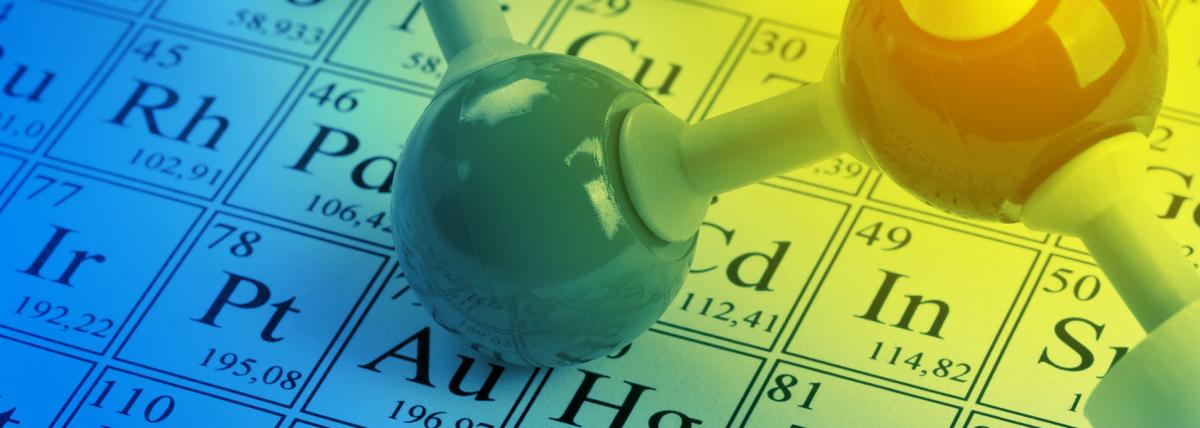
Students observe particle movement for solids, liquids, and gases. They then write Pseudocode for coding particle behavior and then they code particle movement on Scratch for the three states/phases

Students learn about atomic theory and the scientists that theorized new atomic models from experiments they conducted. Students then create a 3D model for each advancement in the theory timeline
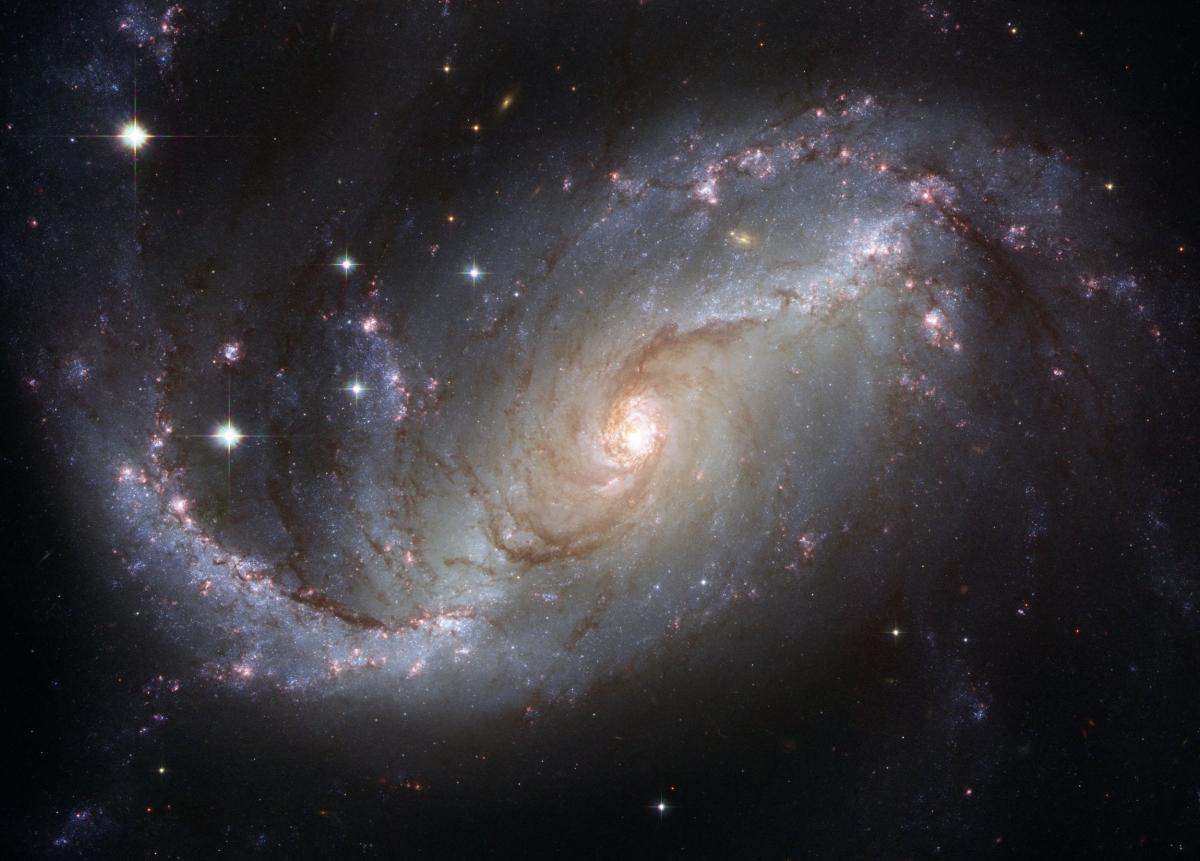
Students will focus sunlight through a pinhole onto a sheet of paper. Knowing the distance between the projection and the pinhole allows students to calculate the diameter of the Sun using ratios.


